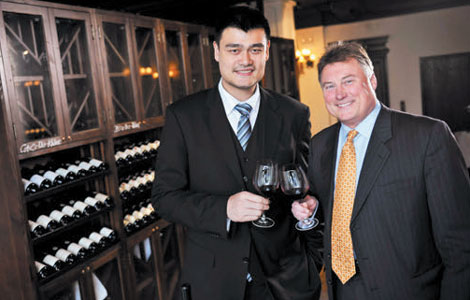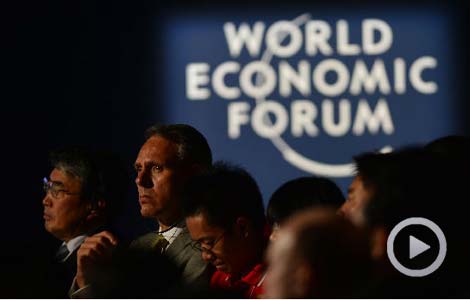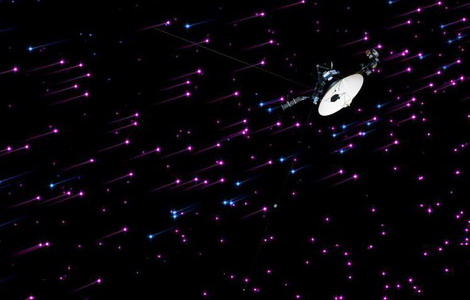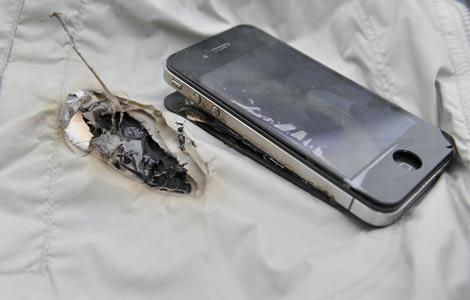Getting to the point
Updated: 2013-09-13 11:15
By Cai Chunying (China Daily)
|
||||||||
"The way Chinese medicine looks at a patient gives this tool to deal with them but it definitely requires you to be on your toes," he added, referring to the healing mechanism in acupuncture, which relies on meridians (energy pathways) and acupuncture points that can regulate health conditions throughout the body.
Some doctors in traditional Western medicines also turn to acupuncture to supplement their conventional approach to give their patients comprehensive care.
Leonard Wisneski, an endocrinologist and clinical professor at George Washington University's Medical Center, did exactly that. He attended acupuncture courses for medical doctors 30 years ago at the University of California in Los Angeles and has kept learning and practicing the technique.
"A lot of times when I was treating my patients' symptoms with drugs I was frustrated because it wasn't deep enough and it really did not follow doing no harm," said Wisneski, recalling his motivation to learn more natural and harmless therapies so he can get to the root cause of his patients' illnesses.
Wisneski was the vice-chair of the definitive 1997 National Institutes of Health consensus conference on acupuncture. He now heads Integrative Healthcare Policy Consortium (IHPC), a coalition consisting of organizations on various non-conventional medicines and leading the effort in pushing for the implementation of section 2706.
Integrative medicine
Since NIH's formal recognition in 1997, acupuncture has gradually witnessed and been deeply involved in an evolution in Western medicine that is called integrative medicine, as demonstrated in Wisneski's case.
"The idea of integrative medicine is to bring in medical professionals from all the different disciplines to work with the patients," said Benjamin Kligler, a physician trained in acupuncture and vice-chair of the Department of Integrative Medicine at Beth Israel Medical Center in New York.
Kligler's hospital provides inpatient acupuncture service. Upon a physician's request, acupuncturists prepare patients for surgery or help relieve their postoperative pain or nausea, a scene that mirrors what Reston experienced in China four decades ago.
Kligler, listed in 2012 by New York Magazine as among its top 10 best doctors in family medicine in the region, also leads a national organization dedicated to promoting integrative medicine education in medical schools nationwide.
Founded in 1999, the Consortium of Academic Health Centers for Integrative Medicine now has 56 member schools, including leading players such as Harvard, Stanford, John Hopkins, UC-San Francisco and the University of Pennsylvania.
"Ten years ago, 98 percent of our students became solo practitioners after graduation, now about 80 percent still do that but others have joined hospital or other salary-based workforce," said Jeffery Millison, academic director at the Maryland University of Integrative Health, the first acupuncture school in the US being accredited under a different name in 1982.
Millison said when he graduated from the school about 20 years ago, it was very rare for him to get a referral from a Western physician, now he has multiple physicians giving him referrals and also coming to visit him as patients. "The landscape has dramatically changed," he added.
Contact the writer at charlenecai@chinadailyusa.com
(China Daily USA 09/13/2013 page20)
Most Viewed
Editor's Picks
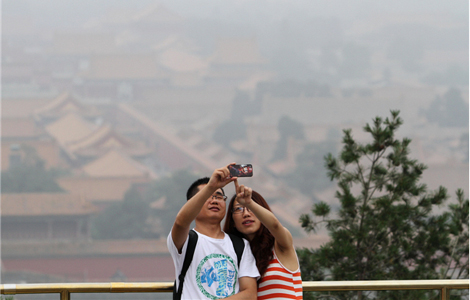
|

|

|
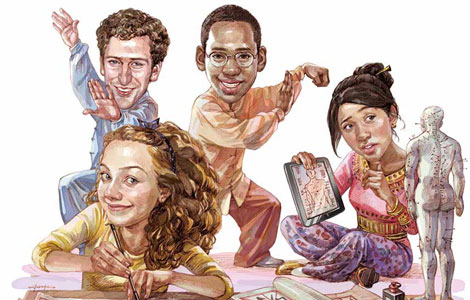
|

|

|
Today's Top News
China's ICBC set to expand in Canada
Florida college joins push for ties with China
China supports trade ties: Michigan governor
Markets hold breath over Chinese cotton policy
Economist calls for global Marshall Plan
'Green Fence' puts pressure on US recyclables
One in four men in Asia-Pacific admit to rape
WB head to discuss climate in China visit
US Weekly

|

|
